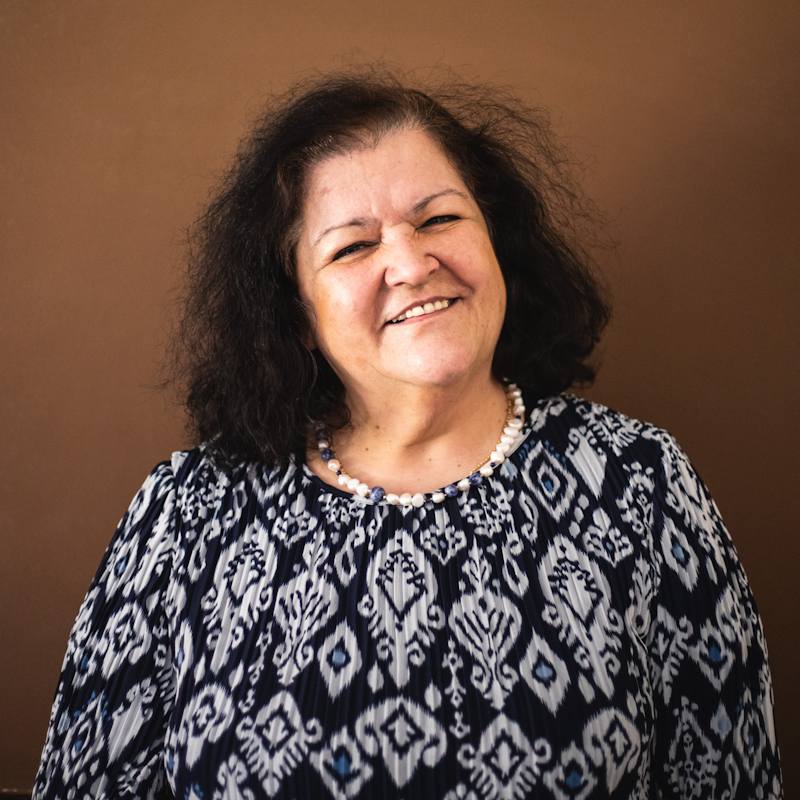SIESAD-MONTESIN
Village of Montesinho. Source: image captured by Sofia Matos Silva.
Stimulating Inclusive and Environmentally Sustainable Activities for the Development of the territory of the Montesinho Natural Park
Summary
The objective of this interdisciplinary and multidisciplinary project is to sustainably promote the territory of the Montesinho Natural Park (MNP), creating conditions for the development of two strategic areas for the region: the agroforestry system and tourism. More specifically it will carry out research that supports a set of concrete and viable proposals for: 1. the promotion of sustainable agroforestry activities; 2. the promotion of cultural, historical, ethnographic, and nature universally accessible tourism activities. MNP is located in the Northeast of Portugal, being one of the biggest Portuguese nature reserves that holds a huge biodiversity and a cultural heritage with a strong connection to the territory and its local community. The Park covers the northern part of the municipalities of Bragança and Vinhais, bordering Spain.
The geographical situation combined with the geomorphological configuration, soil diversity and climatic conditions, as well as this region inhabitants, contributes to the great richness of its habitats. There are several vestiges of ancient human occupation of this territory, namely archaeological remains of all prehistoric periods. The constructions were built with local raw materials providing to this territory a unique traditional architecture.
In the XII century, the Kingdom of Portugal emerged, developing the basis of the current settlement. Community life has generated practices based on community help and the common enjoyment of certain goods and means of production.
Among the sociocultural practices are the popular original and genuine festivals, related to ritual practices of integration in adulthood and to the cycles of life and winter solstices.
The “transmontano” identity also has a direct relationship with agricultural activity, the main support of the economy, supported by potato and bread, the exploitation of the chestnut tree and the use of fallow lands, linked to cattle breeding.
This whole context increasingly demands new scientific knowledge, with an appropriate approach to understand and develop effective management tools to preserve and exploit the region’s potential from a variety of perspectives.
It is intended to perform solid research that supports the creation of sustainable development solutions, increasing local entrepreneurship and allowing a dissemination and dynamization based on the assumptions of the preservation of the environment, heritage and universal accessibility, thus increasing the potential of the territory in economic and social terms.
Research Group: Territories and Organisations for Sustainable Development (TOSD)
Sustainable Development Goals:
4. Quality education
8. Decent Work and Economic Growth
10. Reduced Inequalities
11. Sustainable Cities and Communities
15. Life on Land
17. Partnerships for Implementing the Goals






Main Objectives
To know the evolution of the territory and landscape in the MNP, understanding its sociocultural practices and forms of territory organization;
Study the immovable, mobile and immaterial heritage, concerning the relationship about construction of knowledge and collective memory;
Promote sustainable development, universal accessibility, inclusion, and integrated management of the various heritages;
To value, promote and enhance the cultural heritage and management of the territory for sustainable development promoting an agroforestry and tourism development of the region, anchored in endogenous products and resources;
Strengthen sustainable agroforestry practices based on new models (regenerative agriculture, circular economy; short circuits, digitization);
Strengthening tourism, in general, and accessible tourism, in particular, as a relevant vector in the promotion of MNP transforming it into a tourist destination based on the promotion of environmental education and support for scientific and nature tourism associated with existing ecosystems;
Promote the creation of new experiences of cultural, nature, agritourism/ tourism in rural areas and accessible tourism;
Promote co-responsibility and collaboration of the various stakeholders (public entities, communities and public);
Improve the protection and transmission to future generations of the cultural and natural heritage of the region sustained in environmental and heritage education;
Internationalize the memory and identity of this territory, making it sustainable and an example of good practices of universal accessibility and inclusion.
Project Outputs
- Silva, M. Fátima Matos, Sousa, C., Albuquerque, H. (2022). Analytical Model for the Development Strategy of a Low-Density Territory: The Montesinho Natural Park. Sustainability, 14(7), 4373 https://doi.org/10.3390/su14074373. http://hdl.handle.net/11328/4025




